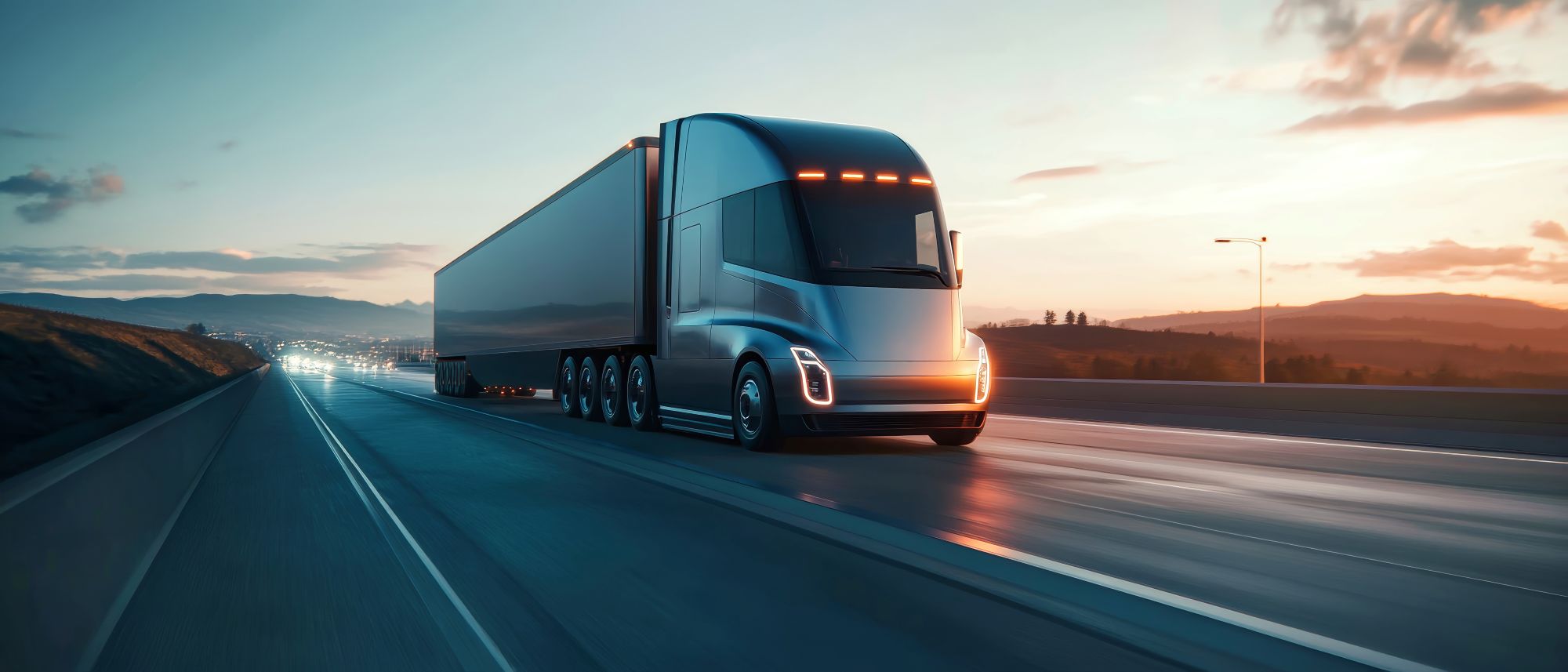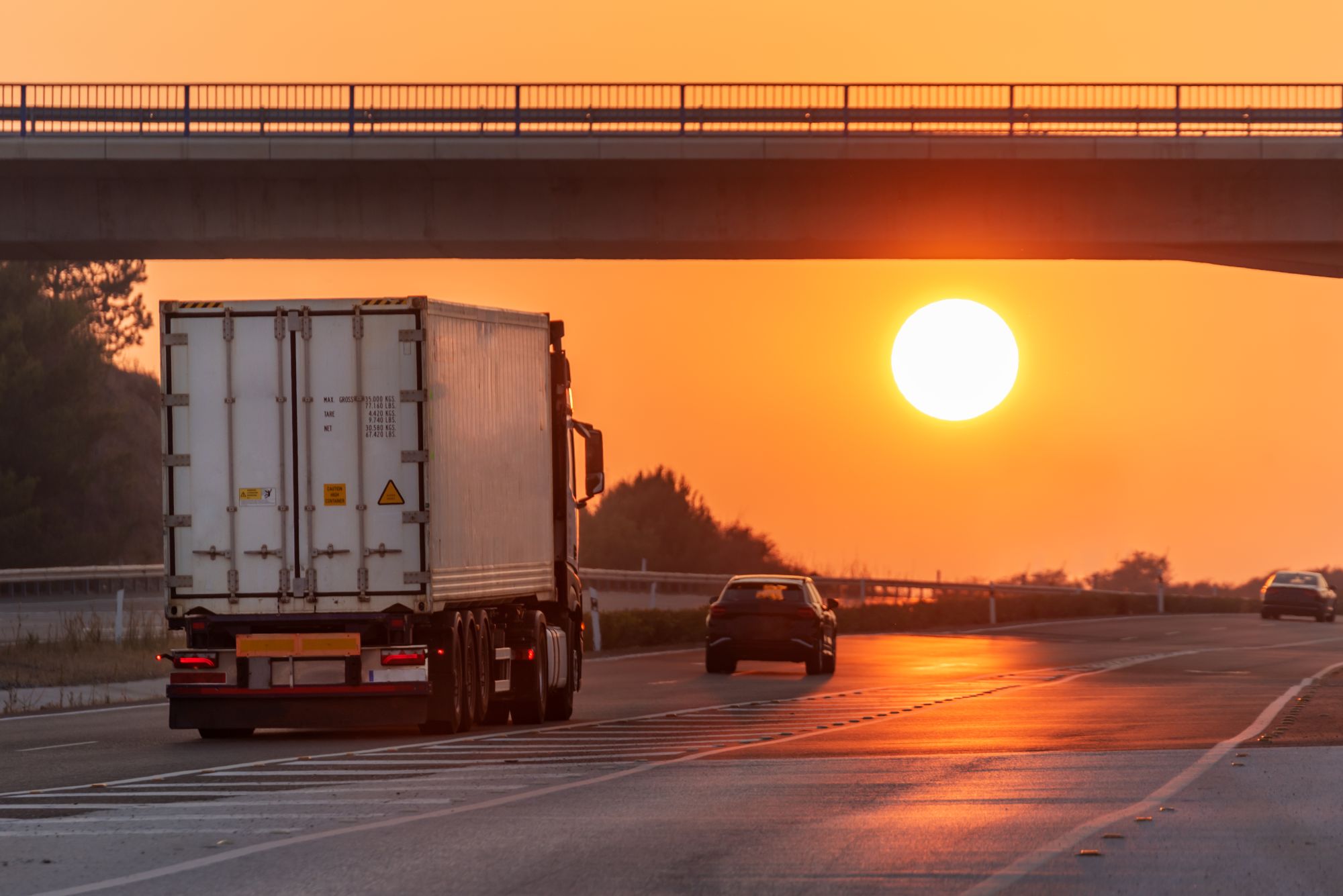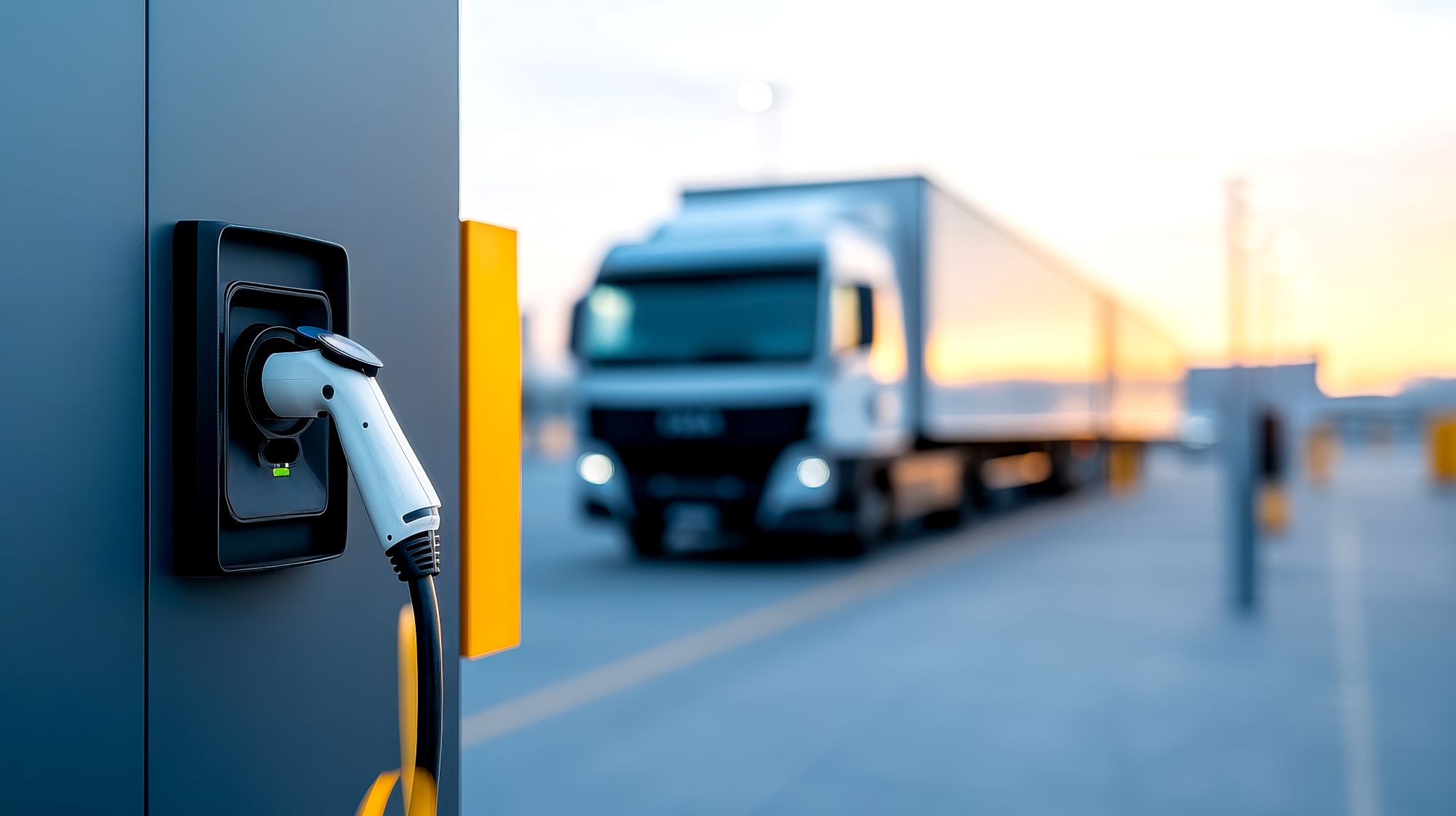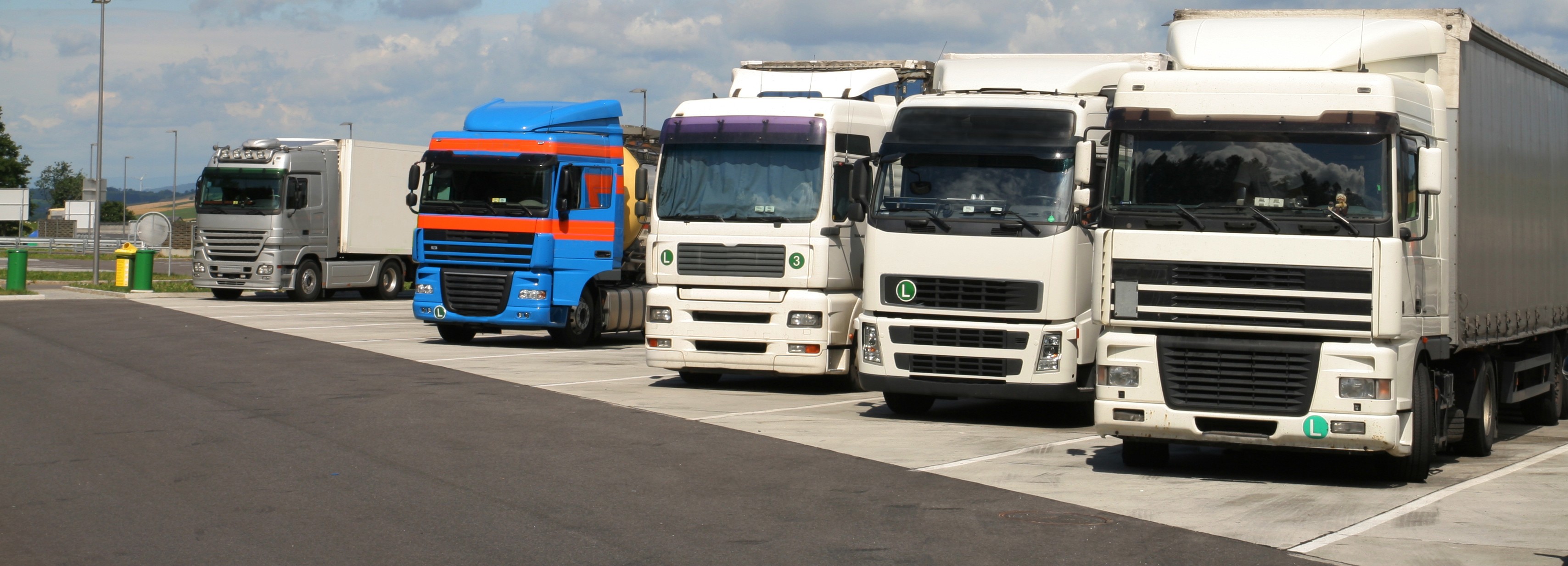
Miranda Blake
Co se považuje za "hlídané parkoviště pro kamiony"? Řidiči se ozývají
Vytvořeno: 09.12.2024
•
Aktualizováno: 09.12.2024
Jedním z největších problémů, kterým řidiči čelí, je hledání bezpečných parkovacích míst. Průzkum provedený oborovými organizacemi ukázal, že mnozí z nich mají pocit, že bezpečnost na parkovištích pro kamiony není na uspokojivé úrovni.
Pojďme se podívat na různé aspekty, které přispívají k bezpečnému parkování nákladních vozidel z pohledu řidičů, a prozkoumat základní opatření a vybavení. Kromě toho se podíváme na celkové prostředí, které podporuje pocit ochrany.
Úloha parkování nákladních vozidel v logistice
Řidiči kamionů musí parkovat, aby dodrželi přísné předpisy týkající se doby odpočinku. Navíc potřebují místa, kde si mohou odpočinout, doplnit palivo a občerstvit se bez obav z vloupání nebo vandalismu. Vzhledem k tomu, že přibližně 81 % nákladu se přepravuje po silnici, je poptávka po bezpečných parkovištích pro nákladní automobily skutečně zásadní pro úspěch tohoto odvětví.
Nedostatečná opatření mohou mít vážné následky, včetně krádeží nákladu, poškození vozidla a ohrožení osobní bezpečnosti. To způsobuje, že řidiči často vyjadřují frustraci - může je to odradit od přestávek a v konečném důsledku ovlivnit jejich výkonnost na silnici.
Základní opatření
Základním aspektem bezpečného parkování nákladních vozidel je zavedení fyzických zábran. Pevné oplocení obvodu má zásadní význam pro zabránění neoprávněnému přístupu. Nezbytností jsou kontrolované vjezdy a výjezdy, například brány, které vyžadují přístup na kartu nebo kód. Tato opatření výrazně snižují pravděpodobnost vniknutí a zvyšují celkovou bezpečnost.
Nezbytné je také účinné osvětlení. Dobře osvětlené prostory odrazují od trestné činnosti a poskytují řidičům pocit ochrany a jistoty při navigaci na zastávkách kamionů, zejména v nočních hodinách.
Dalším důležitým aspektem je komplexní kamerový dohled. Kamery CCTV by měly pokrývat celé parkoviště a umožňovat neustálé sledování a zaznamenávání činností. Mnoho řidičů kamionů ocení, že jejich vozidla a náklad jsou pod nepřetržitým dohledem, protože to může být účinný odstrašující prostředek pro potenciální pachatele trestné činnosti.
Přítomnost vyškoleného bezpečnostního personálu zvyšuje úroveň ochrany. Ochranka může pohotově reagovat na incidenty, pomáhat a udržovat viditelnou přítomnost, která zvyšuje celkový pocit bezpečí. Řidiči kamionů jsou často klidnější, protože vědí, že na místě jsou profesionálové, kteří řeší případné problémy.
Klíčové je mít snadno dostupné nouzové komunikační systémy - měly by být k dispozici nouzové hlásiče nebo interkomové systémy, které řidičům umožní v případě potřeby rychle kontaktovat bezpečnostní službu nebo krizové služby. V odlehlých oblastech, kde nemusí být okamžitá pomoc snadno dostupná, je tato funkce obzvláště důležitá.
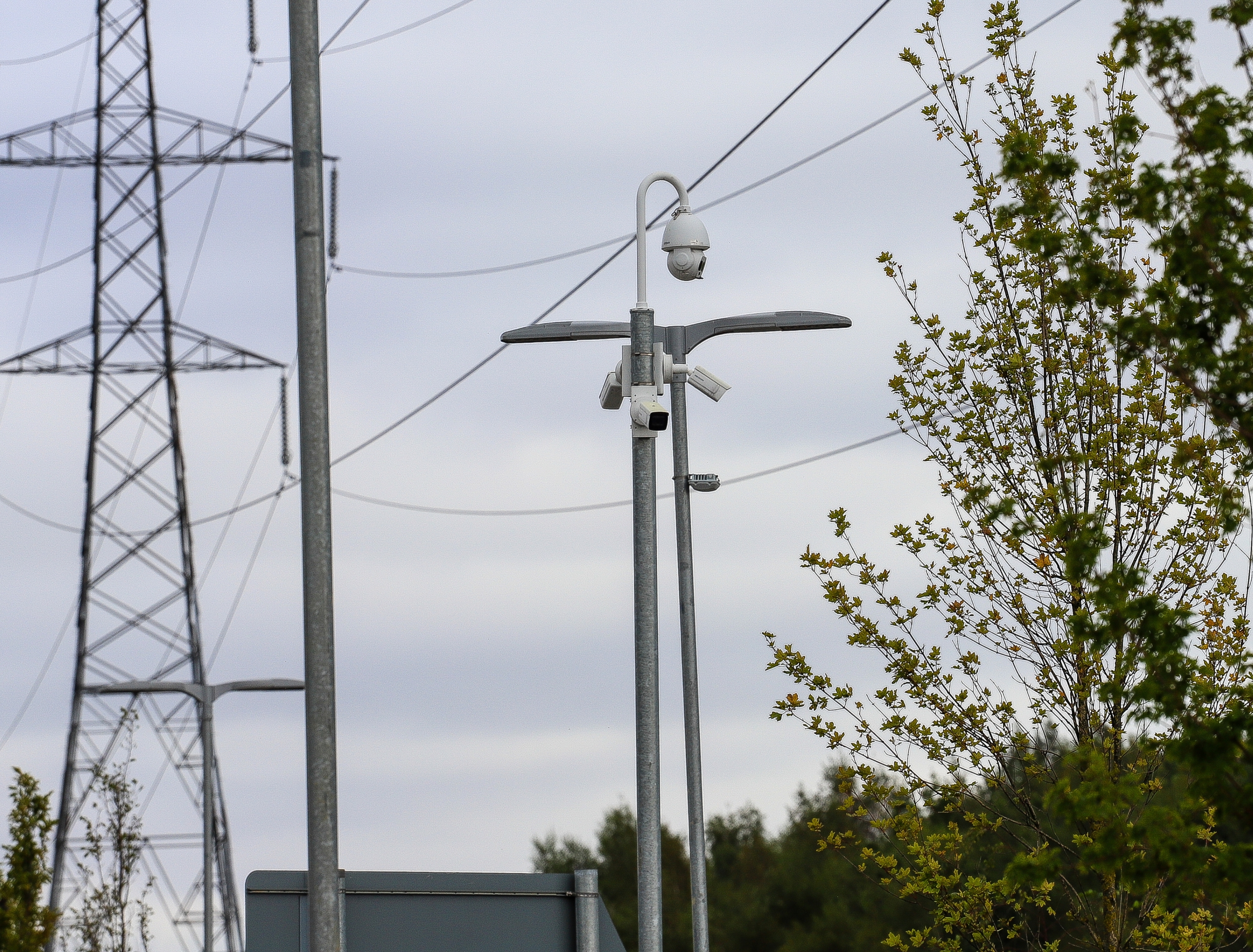
Další funkce
Čisté a dobře udržované toalety a sprchy jsou také velmi ceněné, zejména na dlouhých cestách. Opatření by se měla rozšířit i na tato zařízení a zajistit, aby byla uzamčená a pod dohledem - to nejen zvýší komfort řidičů, ale přispěje i k jejich celkovému pocitu bezpečí.
Ačkoli to přímo nesouvisí s bezpečným parkováním nákladních vozidel, další vybavení může výrazně zvýšit celkový komfort parkoviště. Například možnost stravování, přístup k Wi-Fi a elektrické přípojky pro chladírenské návěsy přispívají k většímu komfortu. Přínosné mohou být také základní služby údržby, které umožňují řidičům kamionů řešit drobné problémy, aniž by museli opustit areál.
Vytváření lepšího prostředí
Zabezpečené parkoviště pro nákladní vozidla by mělo také účinně pečovat o řidiče. Velká část z nich se svěřila, že se na některých místech cítí nedoceněni, což může negativně ovlivnit jejich zkušenosti. Ta, která se k řidičům kamionů chovají s respektem a poskytují přátelskou atmosféru, podporují opakované návštěvy a posilují loajalitu.
Investice do školení zaměstnanců jsou nezbytným předpokladem pro zlepšení tohoto stavu. Zaměstnanci by měli rozumět jedinečným potřebám řidičů kamionů a vědět, jak poskytovat vynikající služby zákazníkům.
Řešení obav řidičů
Je důležité vědět, že řidičky, které tvoří malé procento zaměstnanců v nákladní dopravě, často čelí dalším výzvám v oblasti bezpečnosti. Mnoho žen uvádí, že se v převážně mužském prostředí necítí bezpečně, zejména pokud na zastávkách kamionů chybí odpovídající bezpečnostní opatření - je nezbytné zohlednit jejich specifické potřeby a přijmout opatření, která jim zajistí bezpečí i spokojenost.
Dalším faktorem je, že někteří řidiči kamionů mají specifické stravovací potřeby. Nabídka zdravých jídel a vyhovění různým stravovacím požadavkům tak může zlepšit jejich zážitky a přispět k pozitivní pohodě řidičů.
Budoucnost bezpečného parkování nákladních vozidel
Inovace, jako jsou inteligentní dohledové systémy, automatické kontroly vstupu a monitorování v reálném čase, mohou výrazně zlepšit opatření. Zastávky pro nákladní automobily, které investují do takových řešení, mají větší šanci přilákat více vozových parků a řidičů, kteří hledají bezpečné možnosti.
Řešení problémů v této oblasti vyžaduje spolupráci různých zúčastněných stran, včetně vládních agentur, logistických společností a provozovatelů parkovacích zařízení. Společnou prací mohou tyto skupiny vyvinout komplexní strategie pro zlepšení bezpečnosti a celkového komfortu řidičů kamionů.
Prosazování změn v politice, které upřednostňují potřeby řidičů, má zásadní význam pro vytváření bezpečnějšího prostředí. Významnou roli při zvyšování povědomí o důležitosti bezpečného parkování nákladních vozidel a prosazování legislativních změn, které podporují zlepšení infrastruktury, mohou sehrát průmyslové organizace a skupiny na podporu práv řidičů.
Najít zabezpečené služby
Ve společnosti SNAP je pro nás bezpečnost řidičů prioritou a pomáháme ji zajišťovat prostřednictvím naší specializované divize Access & Security. Od kamer a softwaru ANPR přes platební terminály a závory až po vjezdové systémy a kamerové systémy CCTV - pro parkoviště kamionů, MSA, vozové parky a další místa zavedeme vše, co nejlépe ochrání řidiče kamionů, vozidla a náklad.
Více informací o službě SNAP Access & Security zde nebo o našich dalších službách (jako je parkování a mytí) se dozvíte na webových stránkách SNAP.
